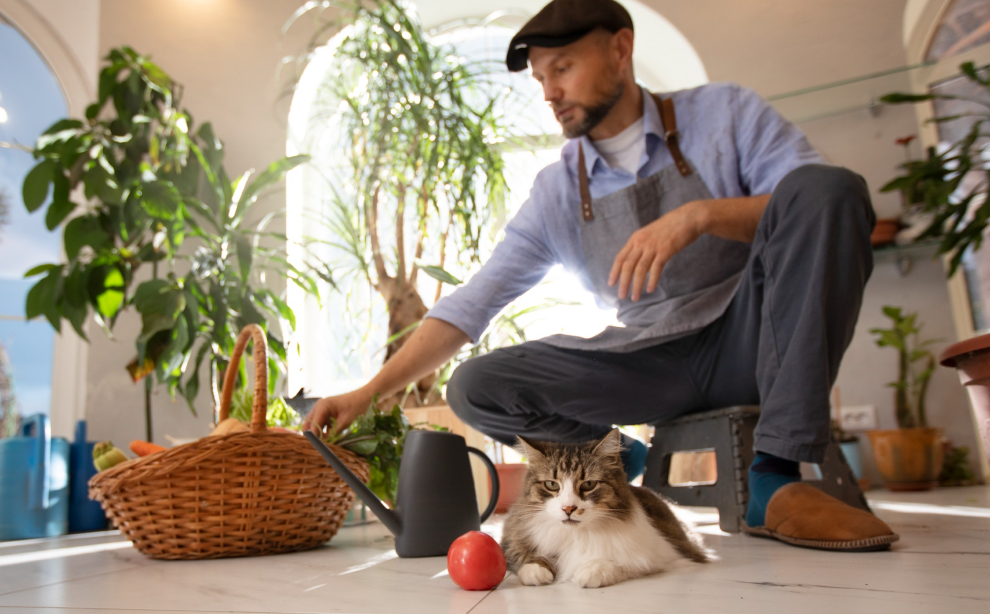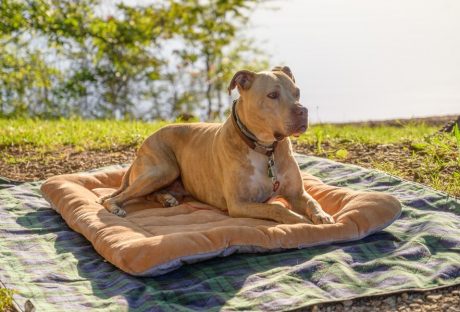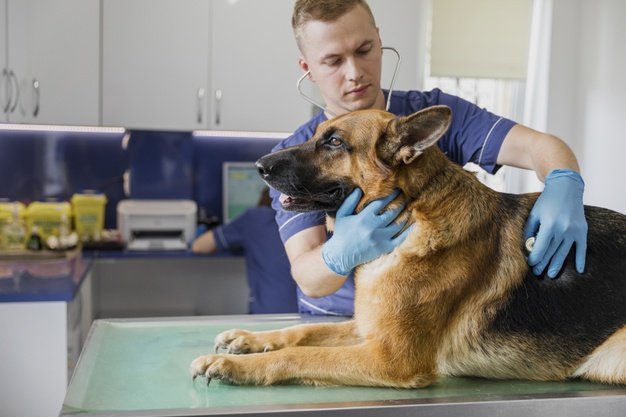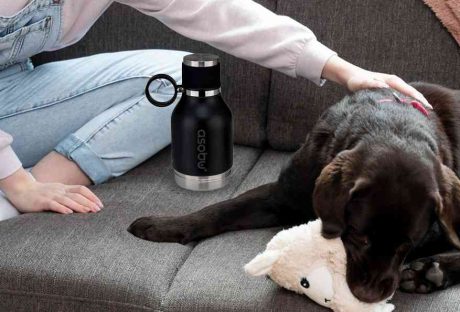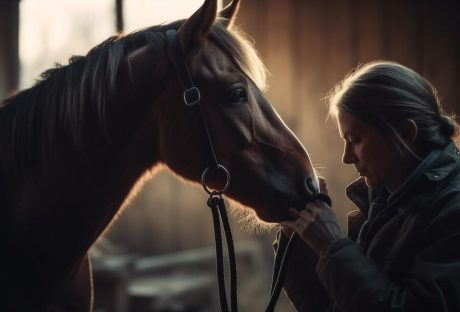Creating a home that caters to both human and pet needs is an art that ensures harmony and happiness under one roof. With the increasing number of households welcoming pets into their families, the concept of a pet-friendly home has gained significant attention.
Innovative brands like Bando have been at the forefront of offering solutions that enhance the living environment for pets, making it easier for owners to integrate pet-friendly toys and nutrition into their homes.
This article explores various ideas and inspirations for creating a safe, comfortable, and enjoyable space for your furry, feathered, or scaled friends, ensuring their well-being while maintaining the aesthetic and functionality of your home.
Designating Pet Zones
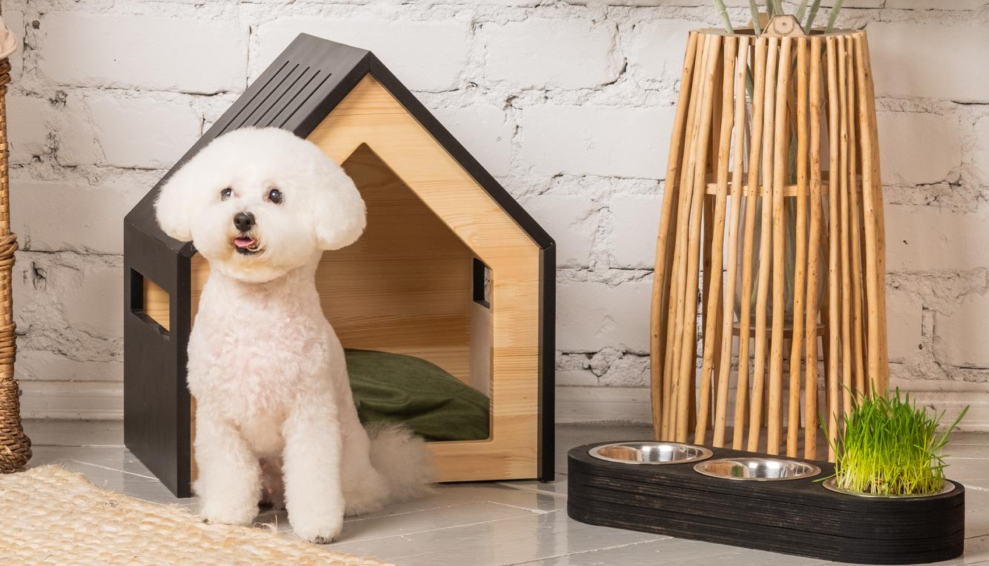
One of the first steps in creating a pet-friendly home is to designate specific areas or zones for your pets. These zones can include feeding areas, sleeping quarters, and play spaces catering to your pets’ natural habits and needs.
Establishing designated zones creates a sense of belonging and security for your pets and helps organize your space more efficiently. Incorporating pet furniture that compliments your home’s decor, such as stylish pet beds, feeding stations, and toy storage solutions, can seamlessly integrate these zones into your living environment without compromising style.
Choosing Pet-Friendly Materials and Fabrics

Selecting materials and fabrics that can withstand the wear and tear of pets is crucial in maintaining a clean and durable living space.
Opt for easy-to-clean flooring like tile, laminate, or hardwood that can resist pet nails and accidents better than carpets.
Regarding furniture, look for scratch-resistant materials, such as leather or tightly woven fabrics, that can be easily wiped down. Investing in washable slipcovers and throw rugs can make cleaning up after your pets more manageable, keeping your home fresh and tidy.
Home Decor Items Safe For Pets
This is how you protect your house and your furry friends. Achieving home safety as well as stylishness with pet care products is absolutely possible. Here are some fun and simple pointers to create a pet-friendly environment and maintain the look of your interior space.
Hard-wearing Fabrics
Go for tough, easy-to-clean materials such as fake leather, microfiber, or even outdoor fabrics when it comes to your furniture.
These materials are resistant to scratches, stains, and smells, making them perfect for families with pets.
Removable Covers
For sofas and chairs, you may think of using removable covers, which can easily be taken off whenever your furry friends make messes or leave fur behind.
Pet Rug Choices
Select rugs such as rugs made from jute, sisal, or indoor-outdoor rug brands.
The rugs stand up to heavy use, and regular washing is a must due to their resistance against pet stains and odors. Moreover, they bring aesthetic appeal into house décor.
Pet Beds
Give your pets their own cozy and comfortable beds to lounge on and put them in places where they like to be, e.g., a living room or bedroom that makes it easy for you to keep off the furniture.
Scratch-Resistant Surfaces
Invest in scratch-resistant furniture and surfaces, such as wood with a distressed finish or metal ones, so your home always looks new even after a pet has used its claws.
Toy Storage
Keep your pet’s toys organized and out of sight when not in use; this can be achieved by using stylish baskets or bins in the family living room or other rooms suitable for pets.
This will reduce messiness and make the space look neat.
Pet-friendly Plants
Choose some flowers that are safe around dogs. Spider plants, ferns, air plants, etc, can be quite dangerous for pets. Hence, should not be kept anywhere near them.
Ensure to research the different plants that are friendly to your feline pals!
If your pet is still facing issues with the plant, and it is getting them sick. It is better to get an allergen test.
Pet Gates
Barricade the areas of the house that are less safe and off-limits, for example, stairs or rooms with valuable objects.
This is meant to prevent accidents and ensure your belongings are safe, even as your pets can roam unrestrained in designated areas.
Cover Electrical Cords
Ensure that your pets can neither chew nor trip over electrical cords by concealing and tying them securely.
Use cord covers or hide cords behind furniture so the pup cannot reach them, thus preventing any potential harm.
Regular Grooming
Keep your pets looking cleaner and well-groomed to prevent shedding and eliminate pet odor in your house.
Brush them regularly, bathe them when necessary, and cut their nails to avoid scratches on the furniture and wooden floors.
With these pet-friendly decor hints woven into your home, you can design a fashionable and relaxed space for you and your fluffy companions. With the correct design and a little more effort, you can have a lovely home without hurting your lovely pets.
Ensuring Safety and Accessibility
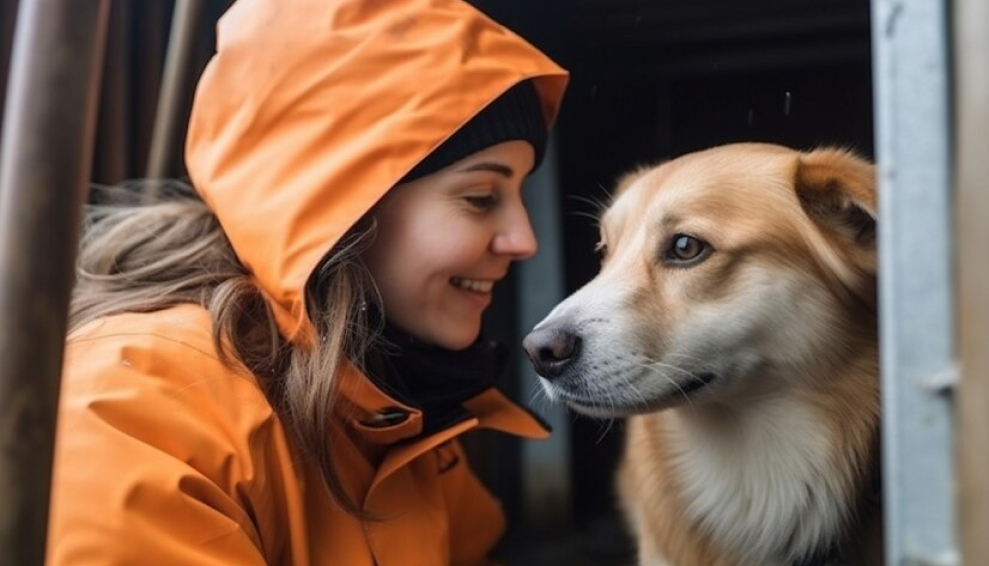
A pet-friendly home is, above all, a safe environment for your pets. This involves pet-proofing your home by securing potentially dangerous items such as electrical cords, toxic plants, and small objects that could be ingested.
Safety gates can restrict access to certain areas, and pet doors can offer freedom for your pets to move in and out of the house or designated rooms.
Consider your pet’s age and physical capabilities when designing your space, ensuring they can easily access their favorite spots. Ramps or pet stairs can be particularly helpful for older or pets those with mobility issues.
Incorporating Interactive and Engaging Elements

Mental stimulation and physical activity are criticall for your pet’s well-being. Incorporate interactive and engaging elements into your home design to encourage play and exploration.
This can include cat trees, scratching posts, window perches, and puzzle toys strategically placed throughout your home.
For outdoor pets, consider creating a secure outdoor play area or a small pet garden where they can explore safely. These elements enrich your pet’s environment and provide essential exercise and stimulation.
Creating a Harmonious Space for Pets and People

Achieving a balance between a pet-friendly and aesthetically pleasing home is possible with thoughtful planning and design. Integrating pet elements into your decor, such as using decorative baskets for toy storage or stylish pet beds that match your furniture, can maintain the cohesive look of your home.
Embrace open-plan layouts that allow pets to be part of family activities while ensuring ample space for everyone to move around comfortably. By considering the needs and comfort of pets and humans, you can create a living space that fosters harmony and happiness for all inhabitants.
To End The Discussion!
In conclusion, creating a pet-friendly home involves thoughtful consideration of your pet’s needs while ensuring your living space’s functionality and aesthetic appeal. From designating pet zones and choosing durable materials to ensuring safety and incorporating interactive elements, there are numerous ways to make your home welcoming and comfortable for your pets.
Brands like Bando pets play a pivotal role in offering solutions that cater to the modern pet owner’s needs, helping to create environments where pets can thrive. Following these ideas and inspirations, pet owners can achieve a home that celebrates the joy and companionship pets bring, creating a sanctuary cherished by all family members, including furry ones.
Read Also…













